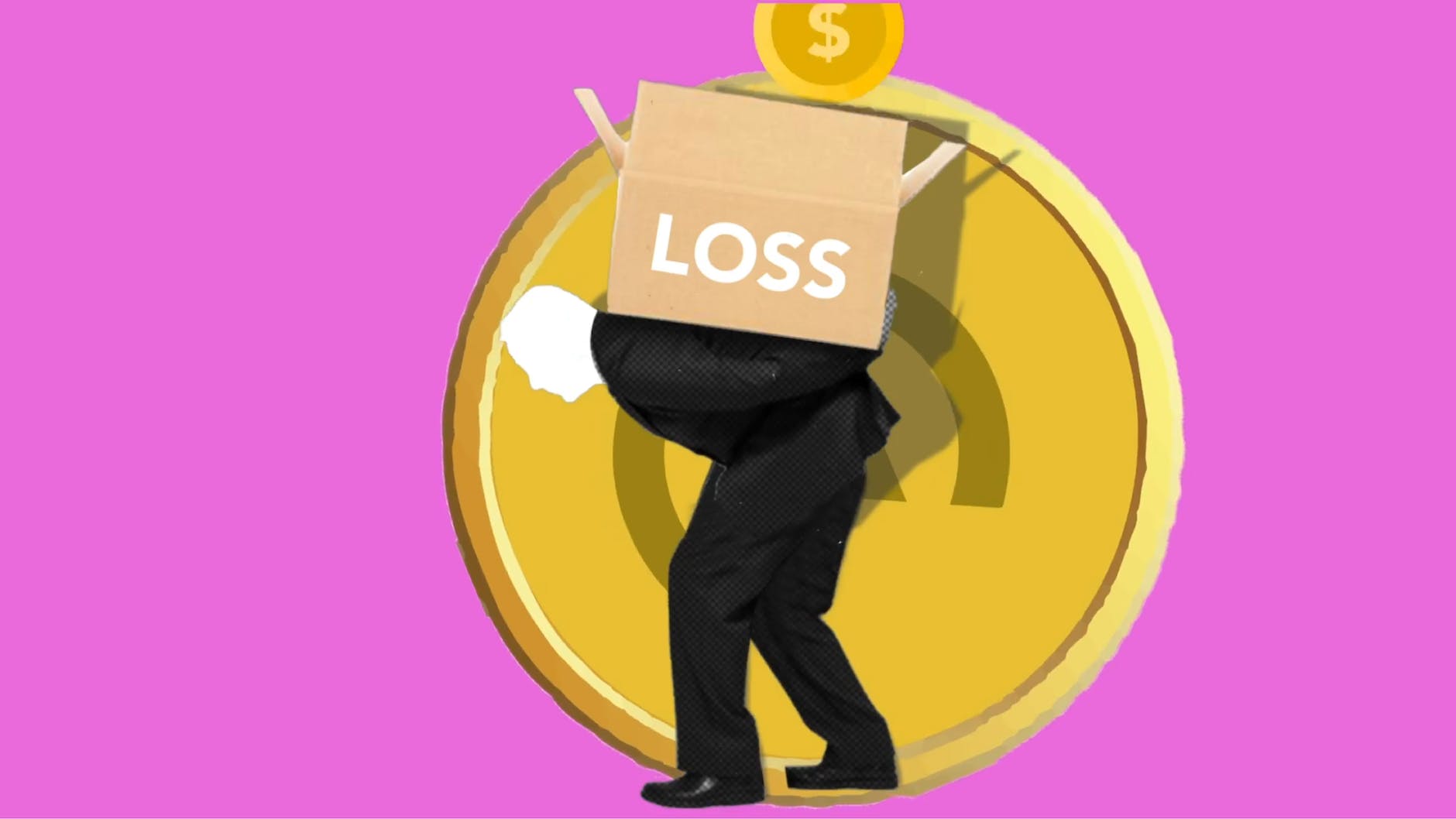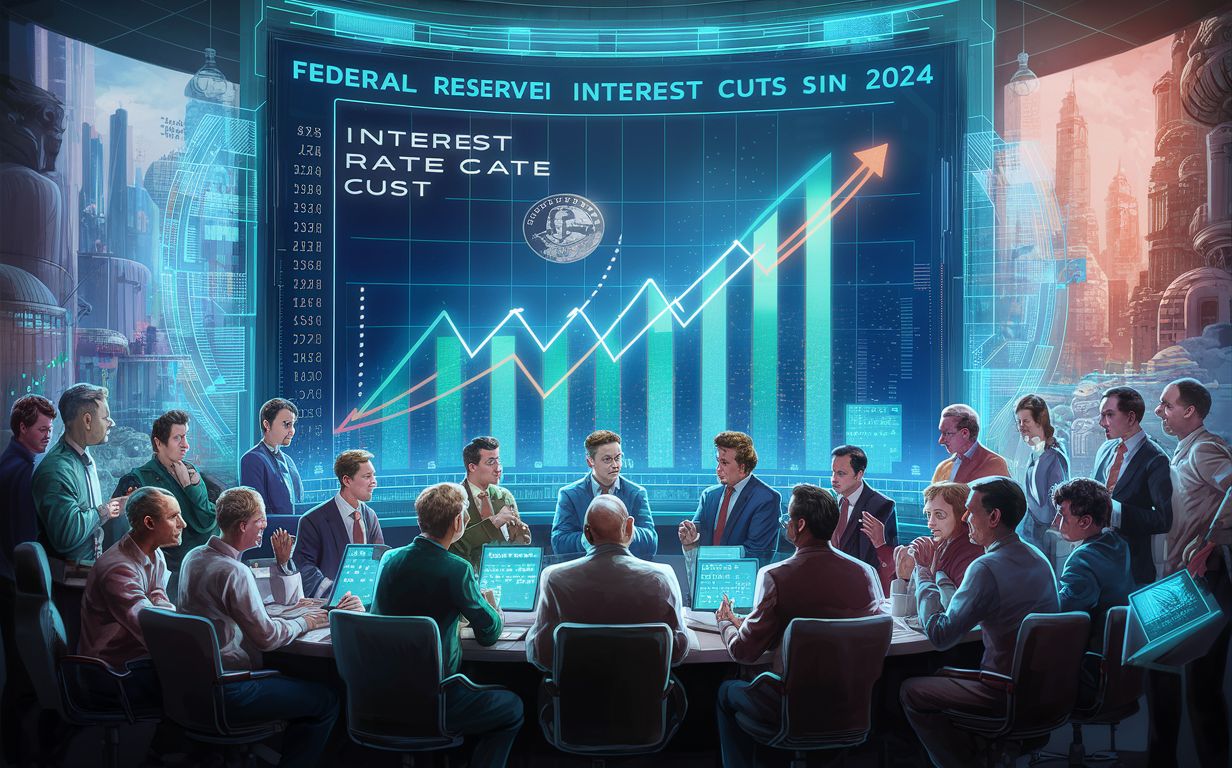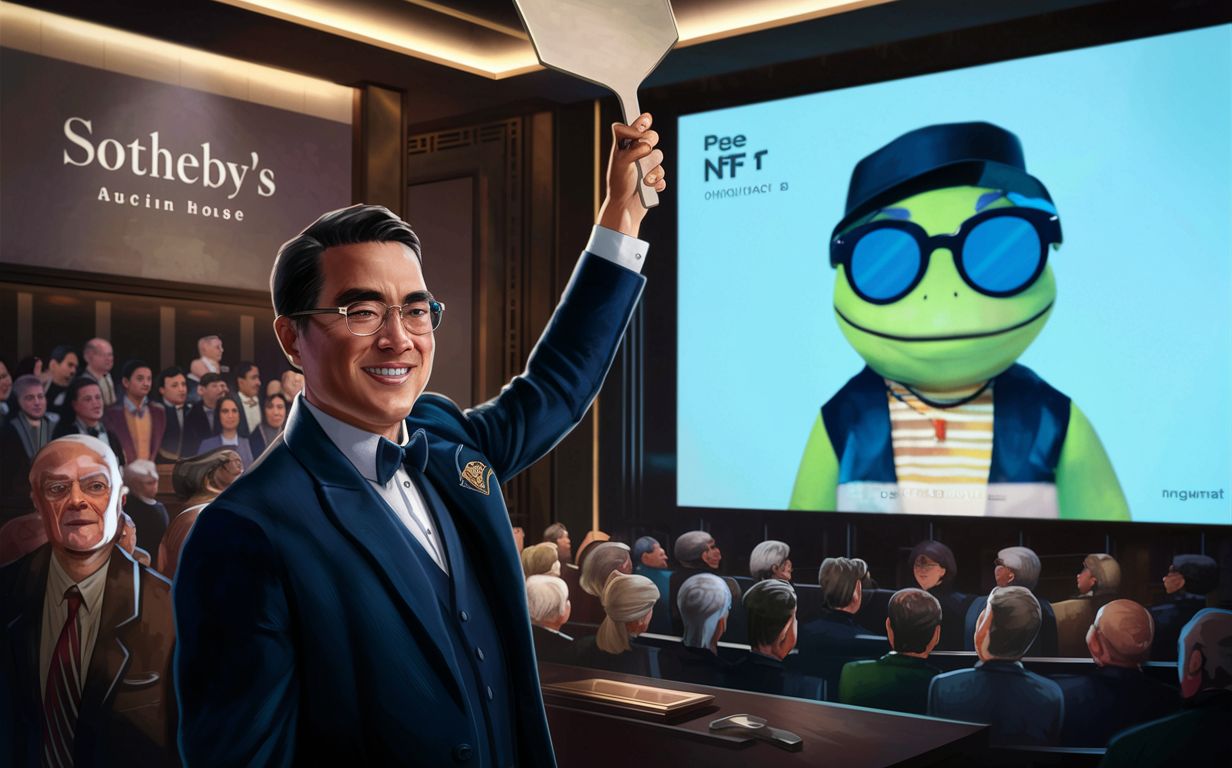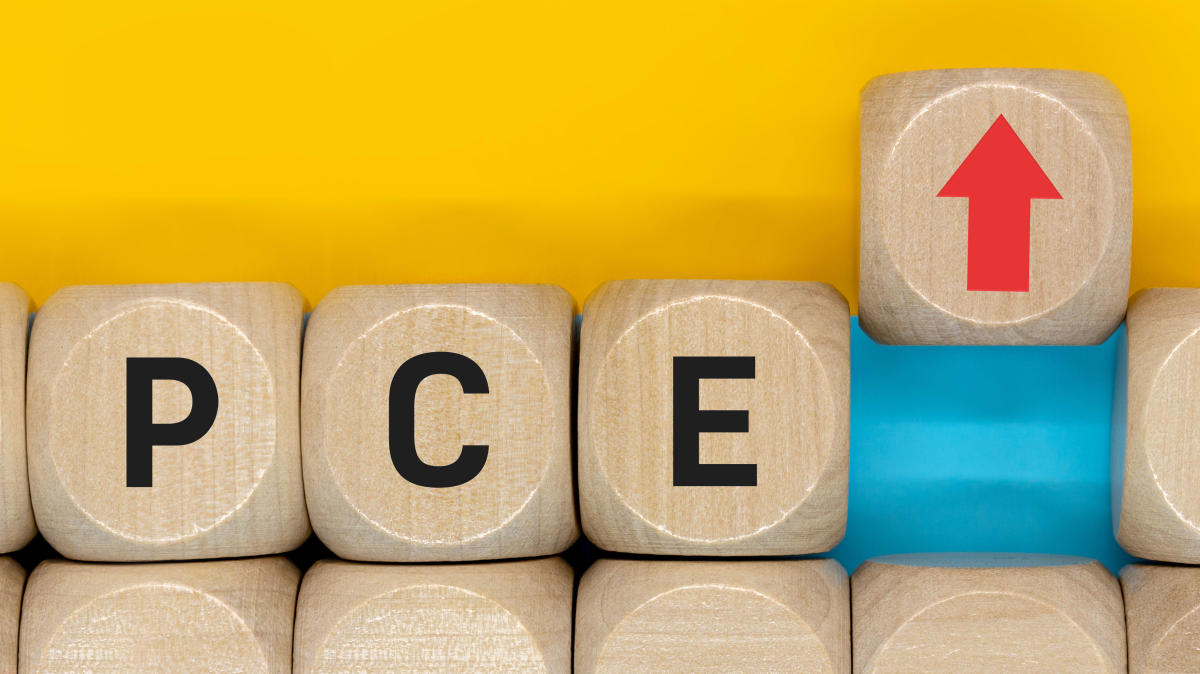Finance
Unveiling the Truth: Debunking the Myth of a Financial Crisis Caused by Remote Work”

In the wake of the COVID-19 pandemic, the traditional office landscape has undergone a seismic shift. The once-distant concept of remote work has become a tangible reality for millions of employees worldwide. As this new era of work continues to unfold, a growing concern has emerged: Is working from home about to spark a financial crisis? Some pundits and experts have sounded the alarm, warning of dire economic consequences. However, upon closer examination, it becomes evident that this worry is overblown.
The transition to remote work has undeniably reshaped the way we approach work, but the notion that it will lead to a financial crisis warrants a critical analysis. In this article, we will delve into the various facets of this issue, exploring the potential economic impacts of remote work and debunking the myths surrounding its supposed role in triggering a financial crisis.
The Rise of Remote Work: A Paradigm Shift in the Workforce
The rapid adoption of remote work has been nothing short of revolutionary. Companies across industries have embraced this flexible work model, allowing employees to carry out their duties from the comfort of their homes. This shift has been propelled by advancements in technology, which have made remote collaboration seamless and efficient. As a result, many workers have experienced newfound freedom and a better work-life balance.
While the benefits of remote work are undeniable, some have expressed concerns about its long-term implications for the economy. One prevalent fear is that the widespread adoption of remote work will lead to a decline in productivity, ultimately triggering a financial crisis. However, this apprehension fails to consider the multifaceted nature of remote work and its potential to drive economic growth in unexpected ways.
Productivity and Innovation in the Remote Work Era
Contrary to the notion that remote work hampers productivity, numerous studies have indicated that many employees have been more productive while working from home. The absence of a daily commute, a more comfortable work environment, and reduced workplace distractions have contributed to this surge in productivity. Additionally, the flexibility afforded by remote work has enabled companies to tap into a broader talent pool, transcending geographical barriers and fostering a more diverse workforce.
Furthermore, the remote work paradigm has spurred innovation in the realm of technology and digital infrastructure. Companies have invested heavily in remote collaboration tools, cybersecurity measures, and cloud-based solutions to support their remote workforce. This technological renaissance has the potential to drive economic growth and create new opportunities in the digital economy, countering the narrative of a looming financial crisis.
Economic Impacts and the Reshaping of Urban Centers
The shift to remote work has also reverberated across urban centres, prompting a reevaluation of the traditional office-centric model. As employees continue to work remotely, the demand for commercial real estate in city centres has waned, leading to concerns about the economic viability of these areas. However, this trend has also presented an opportunity for urban revitalization and the repurposing of commercial spaces.
Cities have the potential to transform underutilized office buildings into mixed-use developments, fostering vibrant communities and reducing urban sprawl. This adaptive reuse of real estate can inject new life into urban centres, creating a more sustainable and resilient urban landscape. While the transition may pose initial challenges, the long-term economic benefits of this transformation should not be overlooked.
The Remote Work Paradox: Balancing Economic Realities and Employee Well-Being
Amidst the discourse surrounding the economic impact of remote work, it is crucial to recognize the human element at the heart of this paradigm shift. For many employees, remote work has offered a reprieve from the stresses of the traditional office environment, allowing them to prioritize their well-being and achieve a healthier work-life balance. This shift in perspective has the potential to yield long-term benefits, including reduced healthcare costs and improved employee retention.
However, it is essential to acknowledge the disparities that have emerged in the remote work landscape. Not all professions are conducive to remote work, and certain segments of the workforce have faced greater challenges in adapting to this new model. As we navigate the complexities of remote work, it is imperative to address these inequities and ensure that all workers have access to opportunities for professional growth and development, regardless of their work environment.
Debunking the Myth: Remote Work as a Catalyst for Economic Evolution
In light of the evidence presented, it becomes evident that the notion of remote work sparking a financial crisis is, indeed, overblown. The economic impacts of remote work are multifaceted, with the potential to drive innovation, reshape urban centres, and enhance employee well-being. Rather than viewing remote work as a harbinger of economic downturn, we should embrace it as a catalyst for economic evolution.
As we look to the future, it is essential to adopt a balanced approach that leverages the benefits of remote work while addressing its potential challenges. Policymakers, businesses, and individuals must collaborate to create a supportive infrastructure that fosters inclusive economic growth and empowers workers in the remote work era. By doing so, we can navigate this transformative period with confidence, dispelling the myths that surround remote work and embracing its potential to shape a more resilient and dynamic economy.
Conclusion
The rise of remote work is not a harbinger of a financial crisis, but rather a catalyst for economic evolution. By embracing the opportunities presented by remote work and addressing its challenges proactively, we can chart a course towards a more inclusive, innovative, and sustainable economy. As we navigate this paradigm shift, let us dispel the myths that shroud remote work and embrace its potential to shape a brighter future for the workforce and the economy at large.
Analysis
Understanding the Impact of Fed’s Rate Cut Expectations on Investors in 2024

In the realm of financial markets, the Federal Reserve’s decisions hold significant weight, influencing investor sentiment and market dynamics. As investors eagerly await the outcome of the Fed’s policy meeting, one key question looms large: Will the Fed maintain its expectation of three rate cuts in 2024? This article delves into the implications of this crucial decision on investors and explores what to watch for during the Fed meeting.

Table of Contents
The Significance of Fed’s Rate Cut Expectations
The Federal Reserve plays a pivotal role in shaping the economic landscape through its monetary policy decisions. Expectations regarding interest rate cuts can have far-reaching effects on various asset classes, including stocks, bonds, and currencies. Investors closely monitor these expectations as they seek to position their portfolios strategically in response to potential policy shifts.
Decoding the “Dot Plot”
Central to understanding the Fed’s stance on interest rates is the “dot plot,” a visual representation of individual policymakers’ projections for future interest rates. The dot plot offers insights into the collective sentiment within the Federal Open Market Committee (FOMC) regarding the trajectory of monetary policy. Investors scrutinize this chart for clues about potential rate cuts or hikes in the coming months.
Market Reaction to Rate Cut Expectations
Anticipation of rate cuts can trigger market volatility as investors recalibrate their expectations and adjust their investment strategies accordingly. Stocks may rally on prospects of lower borrowing costs, while bond yields could fluctuate in response to shifting interest rate projections. Understanding how different asset classes react to changes in rate expectations is crucial for investors navigating uncertain market conditions.
Factors Influencing Fed’s Decision
Several factors influence the Federal Reserve’s decision-making process when it comes to adjusting interest rates. Economic indicators, inflationary pressures, employment data, and global economic conditions all play a role in shaping policymakers’ views on the appropriate stance of monetary policy. By analyzing these factors, investors can gain valuable insights into the rationale behind the Fed’s rate cut expectations.
Implications for Investors
For investors, staying informed about the Fed’s policy outlook is essential for making informed investment decisions. Whether it’s adjusting asset allocations, hedging against potential risks, or capitalizing on emerging opportunities, understanding how rate cut expectations impact different sectors of the market is key to navigating volatile market environments successfully.
What to Watch at Fed Meeting
During the upcoming Fed meeting, investors should pay close attention to not only whether the central bank holds rates steady but also how policymakers communicate their views on future rate cuts. The language used in official statements, press conferences, and economic projections can provide valuable insights into the Fed’s thinking and its implications for financial markets.
Conclusion: Navigating Uncertainty with Informed Decision-Making
As investors await the outcome of the Fed meeting and assess whether policymakers still expect three rate cuts in 2024, maintaining a balanced and informed approach is paramount. By understanding the significance of rate cut expectations, decoding the dot plot, analyzing market reactions, considering influencing factors, and staying vigilant during the Fed meeting, investors can navigate uncertainty with confidence and make sound investment choices.
Crypto
Andrew Kang Buys Original Pepe NFT for Undisclosed Sum at Sotheby’s Sale

Andrew Kang, co-founder of Mechanism Capital, has acquired the original Pepe NFT for an undisclosed amount in a Sotheby’s sale. The NFT was last sold for a staggering $3.5 million in October 2021. The purchase of the original Pepe NFT by Kang has created a buzz in the crypto community, with many speculating on the significance of the purchase.

Pepe the Frog, a cartoon character created by artist Matt Furie, became an internet sensation in the early 2000s. The Pepe NFT was created in 2016 as a digital representation of the character and quickly gained popularity in the crypto world. The purchase of the original Pepe NFT is significant as it is considered a piece of internet history and a symbol of the early days of NFTs.
Table of Contents
Key Takeaways
- Andrew Kang, co-founder of Mechanism Capital, has acquired the original Pepe NFT for an undisclosed amount in a Sotheby’s sale.
- The Pepe NFT is considered a piece of internet history and a symbol of the early days of NFTs.
- Kang’s acquisition of the original Pepe NFT has created a buzz in the crypto community.
Andrew Kang’s Acquisition

Mechanism Capital co-founder Andrew Kang recently made an undisclosed purchase of the original Pepe NFT from 3AC estate in Sotheby’s sale. The NFT was last sold for $3.5 million in October 2021.
Mechanism Capital’s Involvement
Mechanism Capital is a cryptocurrency investment firm that manages a portfolio of digital assets. Andrew Kang is one of the co-founders of the firm, and his acquisition of the original Pepe NFT demonstrates the firm’s interest in investing in the NFT market.
Sotheby’s Sale Details
The original Pepe NFT was sold by 3AC estate in Sotheby’s sale, which is a well-known auction house for fine art and other collectibles. The sale was held in October 2021, and the NFT was reportedly purchased for $3.5 million at the time.
Andrew Kang’s acquisition of the original Pepe NFT highlights the growing interest in NFTs and their potential as an investment vehicle. The purchase also demonstrates the increasing involvement of cryptocurrency investment firms in the NFT market.
Historical Context of Pepe NFT

Pepe NFT is a digital asset that gained popularity in the crypto art world due to its unique and humorous design. The character, Pepe the Frog, was created by artist Matt Furie in 2005 as part of his comic series, Boy’s Club. However, the character was later adopted by certain online communities and became associated with controversial political movements.
In recent years, Pepe NFTs have become highly sought after by collectors and investors alike. The original Pepe NFT was created by Furie in 2015 and was sold in an auction for $1,025 in 2016. Since then, the value of Pepe NFTs has skyrocketed, with some fetching millions of dollars in sales.
Previous Sale in October 2021
The Pepe NFT that Andrew Kang recently purchased was last sold for $3.5 million in October 2021. The sale was conducted by Sotheby’s, a renowned auction house that has been actively involved in the sale of NFTs. The auction was part of a larger sale by 3AC Estate, a crypto art collection managed by the venture firm, 3AC.
The sale of the Pepe NFT generated significant buzz in the crypto art community, with many speculating that it could break previous records for NFT sales. The final price of the NFT was not disclosed, but it is believed to have sold for a substantial amount.
Overall, the sale of the original Pepe NFT highlights the growing interest in crypto art and the potential for significant financial gains for collectors and investors. As the market for NFTs continues to evolve, it will be interesting to see how prices and demand for these digital assets change over time.
The Significance of NFT Purchases

NFTs, or non-fungible tokens, have been making headlines in the art world and beyond. These digital assets use blockchain technology to verify ownership and authenticity, creating a new market for unique and collectible items. The purchase of the original Pepe NFT by Andrew Kang is just one example of the growing interest in this emerging field.
One significant aspect of NFT purchases is the potential for artists to earn more money from their work. With traditional art sales, artists often receive only a fraction of the final sale price. However, with NFTs, artists can receive a percentage of each subsequent sale, providing a new revenue stream and a way to protect their intellectual property.
Another important factor is the role of NFTs in the broader digital economy. As more transactions move online, NFTs offer a way to create scarcity and value in a digital space. This has implications for everything from gaming to social media, as creators and users seek ways to monetize their content.
Overall, the purchase of the original Pepe NFT by Andrew Kang highlights the growing interest and potential of NFTs in the art world and beyond. As the technology continues to evolve and gain traction, it will be interesting to see how it transforms the way we think about ownership, value, and creativity in the digital age.
Frequently Asked Questions

What is the significance of the original Pepe NFT?
The original Pepe NFT is considered a significant piece of digital art history and is widely recognized as the first-ever rare Pepes NFT. The Pepes NFTs were created in 2016 as a parody of the popular internet meme, Pepe the Frog. The original Pepe NFT is a one-of-a-kind piece of art that has been highly sought after by collectors in the NFT community.
Who is Andrew Kang and what is his association with Mechanism Capital?
Andrew Kang is a co-founder of Mechanism Capital, a cryptocurrency investment firm. He is a well-known figure in the NFT community and has been actively involved in NFT investments and collections. Kang’s purchase of the original Pepe NFT highlights his interest in acquiring rare and significant pieces of digital art.
How does the sale of the original Pepe NFT reflect on the current NFT market trends?
The sale of the original Pepe NFT for an undisclosed sum highlights the growing demand for rare and unique NFTs. The NFT market has seen a surge in popularity in recent years, with high-profile sales and auctions attracting significant attention from investors and collectors. The sale of the original Pepe NFT is a testament to the growing interest in NFTs as a viable investment opportunity.
What was the previous sale price of the original Pepe NFT, and how does it compare to the latest sale?
The original Pepe NFT was last sold for $3.5 million in October 2021. The latest sale price of the NFT has not been disclosed. However, the fact that the NFT was sold for an undisclosed sum suggests that it was likely sold for a higher price than the previous sale.
What role did Sotheby’s play in the sale of the original Pepe NFT from the 3AC estate?
Sotheby’s, the well-known auction house, facilitated the sale of the original Pepe NFT from the 3AC estate. The auction house has been actively involved in the sale of high-profile NFTs, including the sale of the world’s first NFT artwork by Beeple for $69 million in March 2021. Sotheby’s involvement in the sale of the original Pepe NFT highlights the growing interest in NFTs among traditional art collectors and investors.
Can you explain the impact of high-profile NFT sales on the digital art community?
High-profile NFT sales have had a significant impact on the digital art community, bringing increased attention and recognition to the medium. The sale of high-profile NFTs has also led to increased demand for digital art, with artists and collectors alike looking to capitalize on the growing interest in the medium. The sale of the original Pepe NFT is just one example of the impact that NFTs are having on the wider art world, as traditional art collectors and investors begin to take notice of the potential of this emerging asset class.
Economy
Navigating Market Volatility: A Comprehensive Analysis of PCE Inflation Data, Fedspeak, and Dell Earnings

Introduction
In the dynamic world of finance, staying informed about key indicators and events is crucial for making sound investment decisions. This article delves into the significance of Personal Consumption Expenditures (PCE) inflation data, Fedspeak, and Dell earnings, offering insights on what to watch for in these areas.
Understanding PCE Inflation Data:
PCE inflation data is a vital economic indicator that measures changes in prices faced by consumers for goods and services. Analyzing this data provides valuable insights into consumer spending patterns, inflation trends, and overall economic health. Investors closely monitor PCE inflation data as it influences monetary policy decisions by central banks like the Federal Reserve.
Interpreting Fedspeak:
“Fedspeak” refers to the public statements made by Federal Reserve officials regarding monetary policy, economic outlook, and interest rates. These statements are scrutinized by market participants for clues about future policy actions. Understanding Fedspeak requires interpreting the nuances of language used by Fed officials to gauge their sentiment and potential policy shifts.
Impact of Dell Earnings on Markets:
Dell Technologies, a prominent player in the technology sector, regularly reports its earnings which can have a significant impact on stock prices and market sentiment. Investors analyze Dell’s financial performance, revenue growth, and guidance to assess the company’s health and industry trends. Positive earnings results from Dell can boost investor confidence in the tech sector while disappointing figures may lead to market volatility.
Key Factors to Watch:
- PCE Inflation Trends: Keep an eye on PCE inflation data releases to gauge consumer spending behavior and inflationary pressures.
- Fedspeak Statements: Monitor speeches and comments from Federal Reserve officials for insights into future monetary policy decisions.
- Dell Earnings Report: Stay informed about Dell’s earnings announcements to understand tech sector performance and broader market implications.
Strategies for Investors:
- Diversification: Spread investments across different asset classes to mitigate risks associated with market volatility.
- Stay Informed: Regularly follow updates on PCE inflation data, Fedspeak, and corporate earnings reports to make informed investment decisions.
- Long-Term Perspective: Focus on long-term investment goals rather than short-term market fluctuations driven by events like earnings releases.
Conclusion:
In conclusion, staying abreast of key economic indicators like PCE inflation data, interpreting Fedspeak accurately, and monitoring corporate earnings such as Dell’s can provide valuable insights for investors navigating volatile markets. By understanding the implications of these factors and adopting sound investment strategies, individuals can make informed decisions to achieve their financial goals amidst market uncertainties.
-

 Featured3 years ago
Featured3 years agoThe Right-Wing Politics in United States & The Capitol Hill Mayhem
-

 Elections 20242 months ago
Elections 20242 months agoAnalyzing Trump’s Super Tuesday Triumph and Nikki Haley’s Strategic Moves
-

 News2 years ago
News2 years agoPrioritizing health & education most effective way to improve socio-economic status: President
-

 China3 years ago
China3 years agoCoronavirus Pandemic and Global Response
-

 Canada3 years ago
Canada3 years agoSocio-Economic Implications of Canadian Border Closure With U.S
-

 Conflict3 years ago
Conflict3 years agoKashmir Lockdown, UNGA & Thereafter
-

 Democracy3 years ago
Democracy3 years agoMissing You! SPSC
-

 Democracy3 years ago
Democracy3 years agoPresident Dr Arif Alvi Confers Civil Awards on Independence Day
























